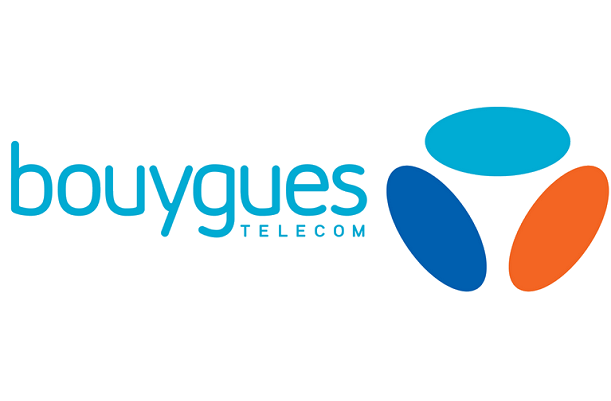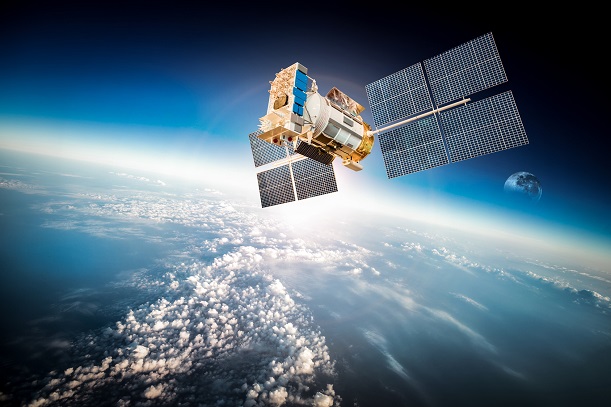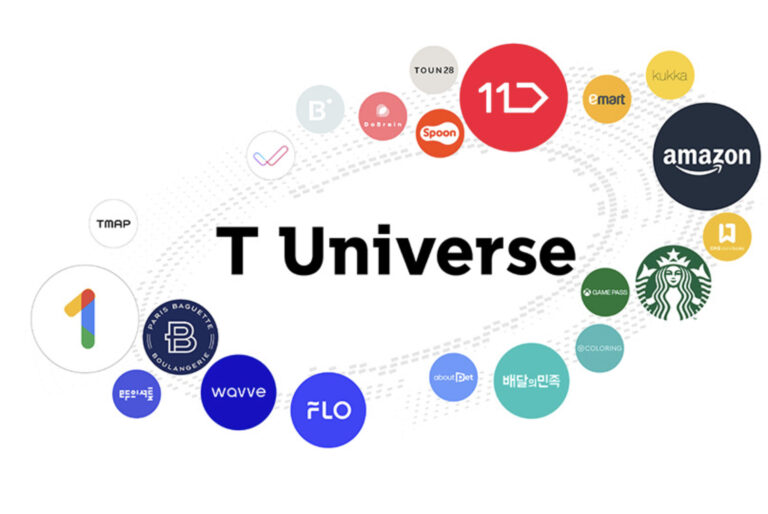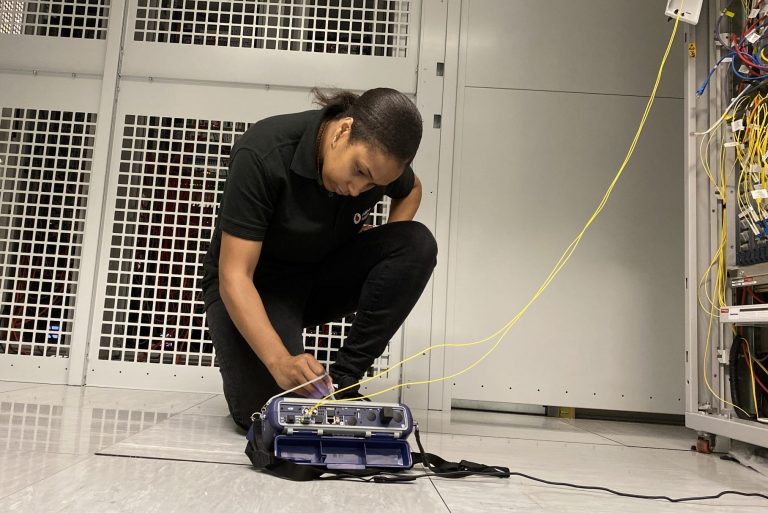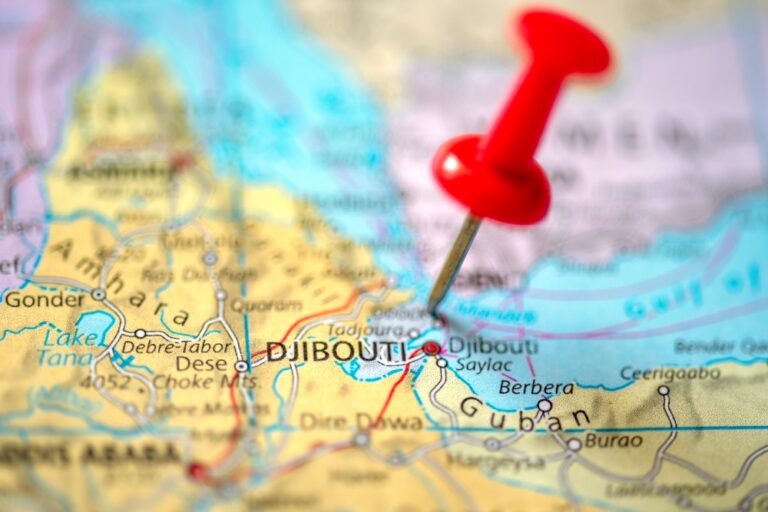Acquisition of Euro-Information Telecom (EIT) good but not enough to propel it up the French mobile league table
New figures suggest that Bouygues Telecom’s stated Ambition 2026 agenda to become the second-largest mobile player in France and a ‘major player in fibre’ still has some way to go, according to analysis in The Light Reading.
The French mobile operator claims its mobile subscribers have surged to 14.5 million (excluding machine-to-machine) in the six months ending on July 1st 2021.
The newly acquired EIT unit, now known as Bouygues Telecom Business Distribution (BTBD), brought in 2.1 million customers at the beginning of 2021, while Bouygues Telecom itself gained 258,000 new customers in the first half of this year. Around 141,000 mobile subscribers were added from January to the end of March.
Orange France grew by 142,000 subscribers in the first half of 2021, its total of 22.87 million mobile customers giving it a lead of over 7 million subscribers. Currently in second place is Altice France-owned SFR, with 18.16 million subscribers, although the gap is narrowing as its numbers only grew by 105,000 in Q2.
The disruptive mobile telecoms arriviste, Iliad’s Free Mobile, is in fourth place with 13.34 million subscribers, not far behind Bouygues, although it suffered a disruption of its own, having lost 36,000 net mobile customers in Q2. Bouygues is aiming to gain 4 million more mobile customers at the end of 2026 than it had at the time in 2020.
Gains fall short of target
There have been gains for Bouygues Telecom on the fixed line business, adding 346,000 new fibre-to-the-home (FTTH) subscribers to a total of 1.9 million. This gives it a 15.6 per cent share of the national FTTH market for Q1 2021, according to figures from regulator Arcep Observatory.
Bouygues Teecom’s revenue grew by 14 per cent to €3.5 billion (US$4.1 billion) for the first half of 2021. However, its earnings before interest, tax and depreciation after leases (EBITDAal) margin was two points lower than in the first half of 2020. The operator attributed this to the dilutive effect of integrating BTBD, the changes caused by its emphasis on FTTH sales and a €10 million loss in roaming revenue.
Operating profit in the first half of 2021 was €335 million ($394 million), up €81 million year-on-year, a figure temporarily boosted by the sale of its data centres.
In April, Bouygues said its 5G network was now present in 28 major towns and cities and confirmed its objective to achieve national coverage by the end of 2021. In June the regulator Arcep published figures that Iliad is way ahead of its rivals in deploying 5G, with 10,239 sites. Bouygues was second with 2,945 sites, followed by Orange (1,862) and SFR (1,751). So it has achieved second place in one market.


